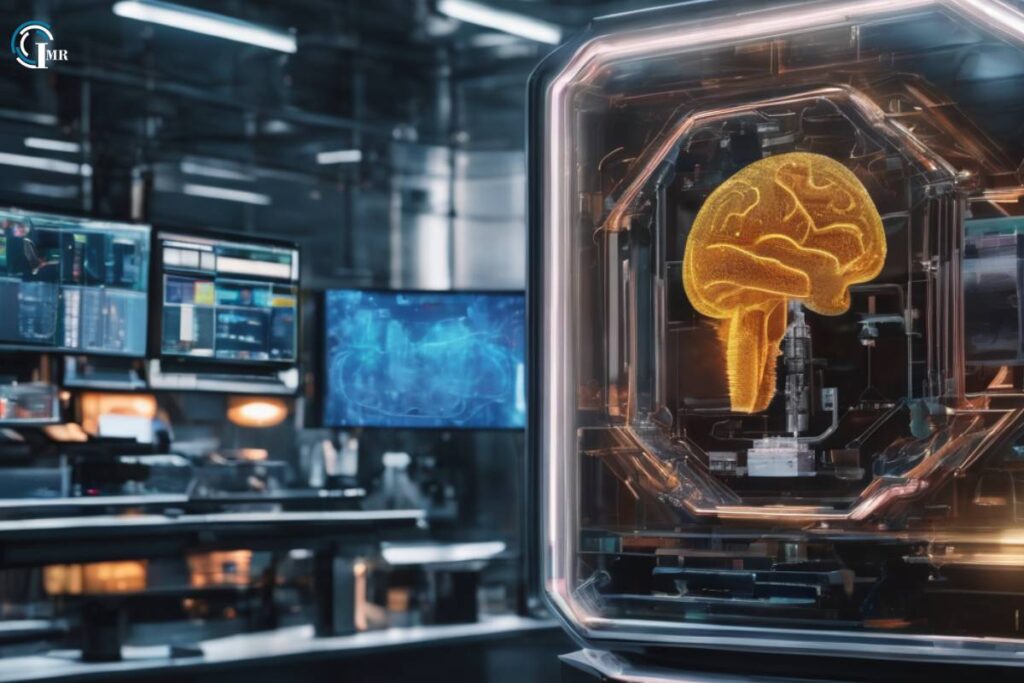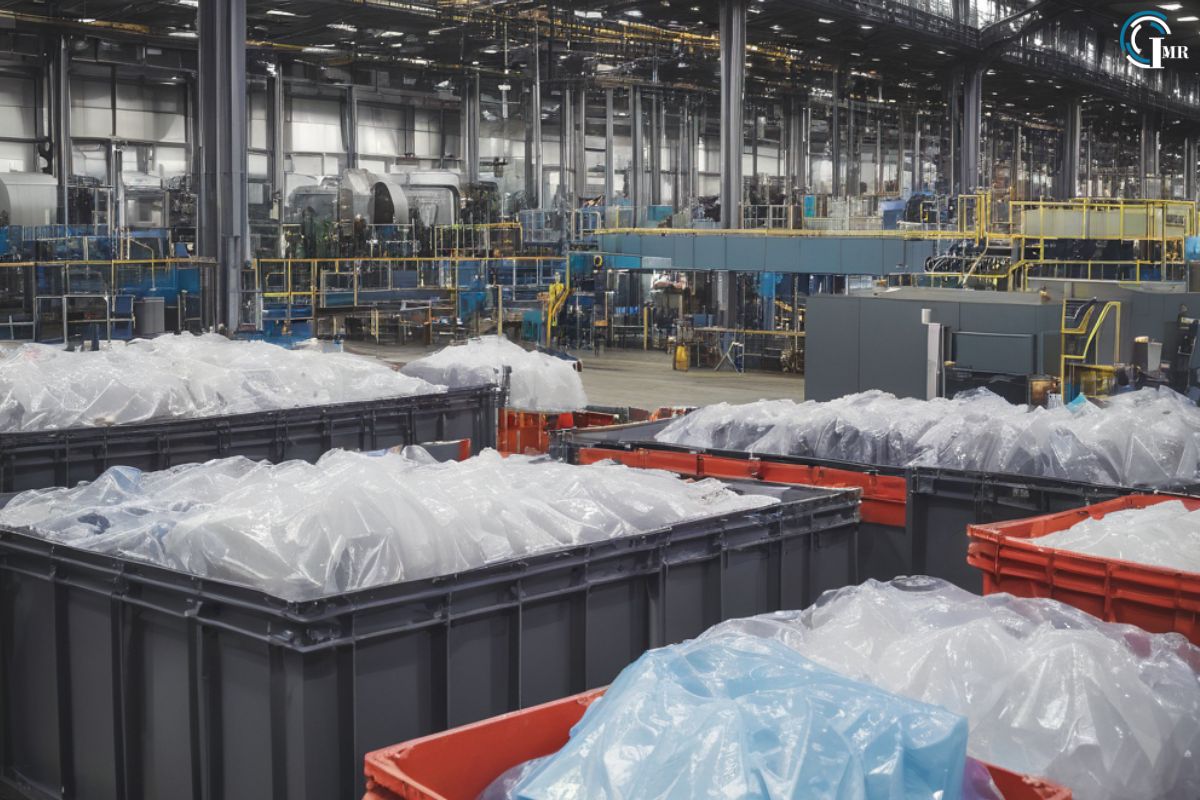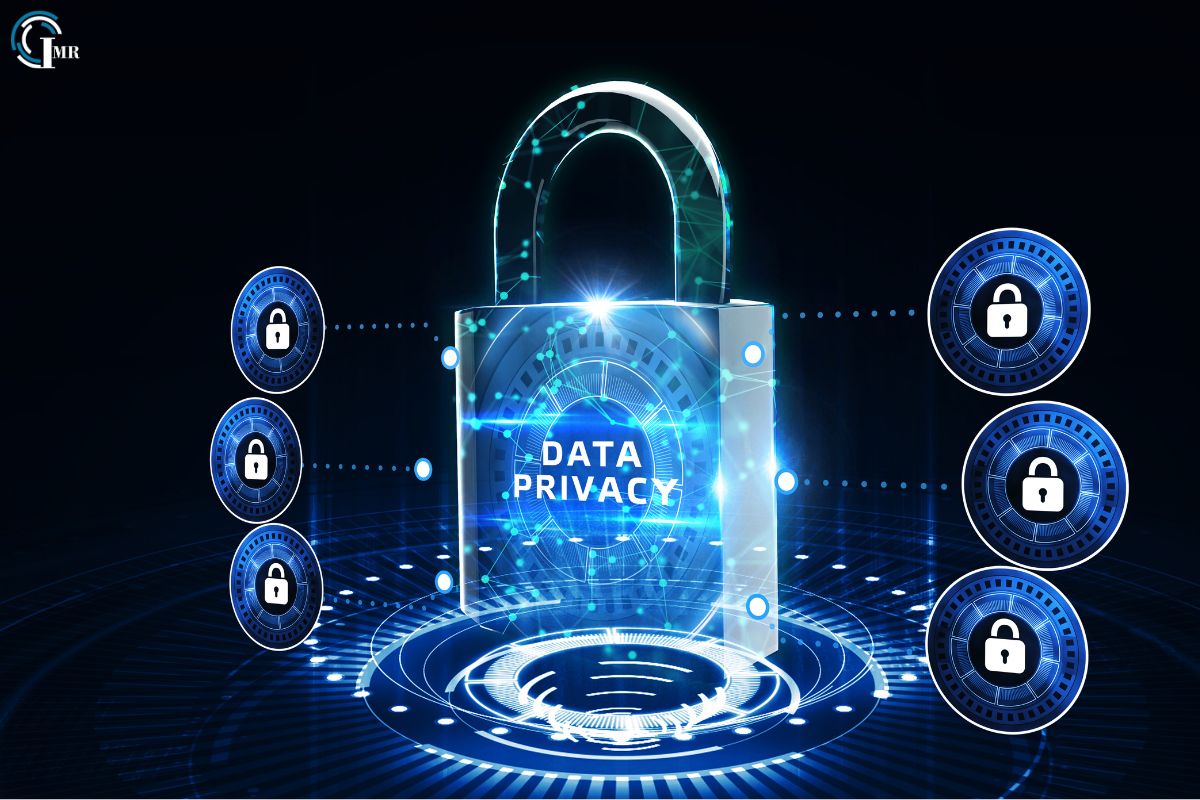As e-commerce continues to grow, customer expectations are growing along with it. On the contrary, the last-mile delivery times are getting shorter, with packages getting delivered the next day, the same day, or even 1-2 hours after the order is placed—by road, sea, or air.
While the reduced delivery times are a positive for a customer, achieving them is not easy if you are a business. The roads are often overcrowded, vehicles face mechanical issues, and humans only have so much bandwidth—underlining the need for an ecosystem far more reliable and efficient than the one currently in place.
The last-mile delivery market is projected to grow significantly by 2030, making innovative approaches a necessity. Technology is at the forefront of these approaches with advancements enabling better efficiency, cost-effectiveness, and customer satisfaction.
Here are the 14 last-mile delivery innovations that might disrupt the industry in 2024:
1. Hybrid Fleet Using Autonomous Vehicles and Drones
Retailers are driving their operations with the integration of autonomous vehicles, drones, and other tech-powered vehicles into their operations. These vehicles aim to work seamlessly with third-party providers and crowd-sourced delivery options—giving retailers greater control and adaptability.
Despite the benefits, companies are hesitant to adopt this approach due to its complex nature and continue to use third-party logistics providers.
2. AI-Powered Real-Time Package Tracking Technology
Real-time tracking is already a vital part of logistics. AI and Machine learning tech only enhance it by enabling companies to foresee potential interferences for better operations. With more clarity, logistics managers can confidently make data-driven decisions, minimizing risks.
3. Crowdshipping: Leveraging Community for Efficient Deliveries
This is an efficient method predominantly used by 3PL service providers, where the orders from the same location, date, day, and time are clubbed together to opt for a single shipping model. It’s an eco-friendly option that optimizes routes, reduces costs, and saves time.
4. Extending Supply Chain Services to 4PL and 5PL Models
4PL and 5PL are evolutionary alternatives to 3PL, managing the entire logistics function while targeting broader supply networks. 4PL enables strategic guidance and collaboration among multiple 3PLs for more efficiency.
On the other hand, 5PL manages expensive supply networks through the utilization of technology and data analytics. This also enables e-commerce businesses to gain valuable insights.
5. Harnessing Big Data for Smarter Last-Mile Logistics
As the number of parcels shipping globally continues to increase, companies are turning to big data sets to enhance transparency, identify loopholes, and address issues in real-time—helping businesses improve the process quality and performance of last-mile deliveries. As companies achieve faster and more reliable deliveries, customer satisfaction rate and loyalty also increases.
6. Urban Warehousing and Micro-Fulfilment Centers for Faster Delivery
As customers demand same-day deliveries, companies are forced to find ways to reduce transit times. By choosing warehouses in urban areas, these companies can exponentially reduce the distance between customers and warehouses—boosting delivery speed and efficiency.
7. Automated Management Platforms
With automation, last-mile delivery management platforms can improve delivery planning, synergy, and optimize processes. Moreover, companies can also utilize their fleet along with third-party logistics partners.
8. Advanced Route Planning and Optimization Software
To streamline delivery processes and achieve quick and efficient deliveries, more and more businesses are opting for route planning and optimization software.
9. Integrating IoT and Blockchain Technologies in Delivery Systems
Blockchain and IoT are vital parts that will continue to revolutionize last-mile deliveries, tackling tracking-related challenges, efficiency, and trust across the logistics industry.
IoT devices enable real-time data optimization for delivery routes and safe package handling. On the other hand, blockchain makes sure transparency and traceability are achieved—enhancing trust and accountability for e-commerce transactions.
10. Sustainable Practices for Last-Mile Delivery
Sustainability is and will be a crucial part of last-mile deliveries beyond 2024. But what does sustainability mean in terms of logistics? As a business, it means taking actionable steps that are environmentally friendly. It includes carbon offsetting, transport route optimization, reduced emissions, and opting for electric vehicles. (EVs)
By 2050, logistics could account for over 40% of global carbon dioxide emissions by 2050—if they don’t opt for greener logistics operations. With various route optimization software, businesses can reduce carbon emissions in last-mile delivery. It will also enable businesses to minimize the distance traveled by delivery vehicles and reduce fuel consumption.
11. Ensuring Safe Deliveries with Contactless Solutions
Especially after the COVID-19 pandemic, contactless deliveries are becoming the new norm. Consumers are also increasingly focusing on their safety and expect businesses to take the required steps during deliveries.
12. Omnichannel Retailing: A Seamless Customer Experience
Across multiple channels, omnichannel retailing is becoming a highly sought-after option among customers. Through the integration of sales channels such as phones and physical stores, companies are aiming to enhance the customer experience further.
13. Predictive Shipping
Predictive analytics is a strategy that helps businesses forecast and anticipate customer demand, inventory levels, and transportation necessities.
Through analysis of the data and trends, predictive shipping helps businesses optimize last-mile deliveries. Furthermore, businesses can plan routes in a better way, and allocate resources efficiently, which will ultimately lead to quick and reliable deliveries.
14. Hyper-Personalized Delivery Services for Enhanced Customer Satisfaction
Hyper Personalize deliveries are a transformative element of last-mile logistics. Compared to traditional methods, it helps companies cater to customer preferences and expectations in an effective manner.
We will continue to see logistics providers adapt to various tech and data analytics to customize delivery options—preferred time slots, delivery locations, and communication channels. With a tailored last-mile delivery experience, companies can boost customer satisfaction, loyalty, and retention.
Future of Last-mile Deliveries
Overall, last-mile delivery is on the verge of becoming more efficient, and cost-effective, led by technological advancements along with the introduction of various innovations that will also enhance customer satisfaction.









